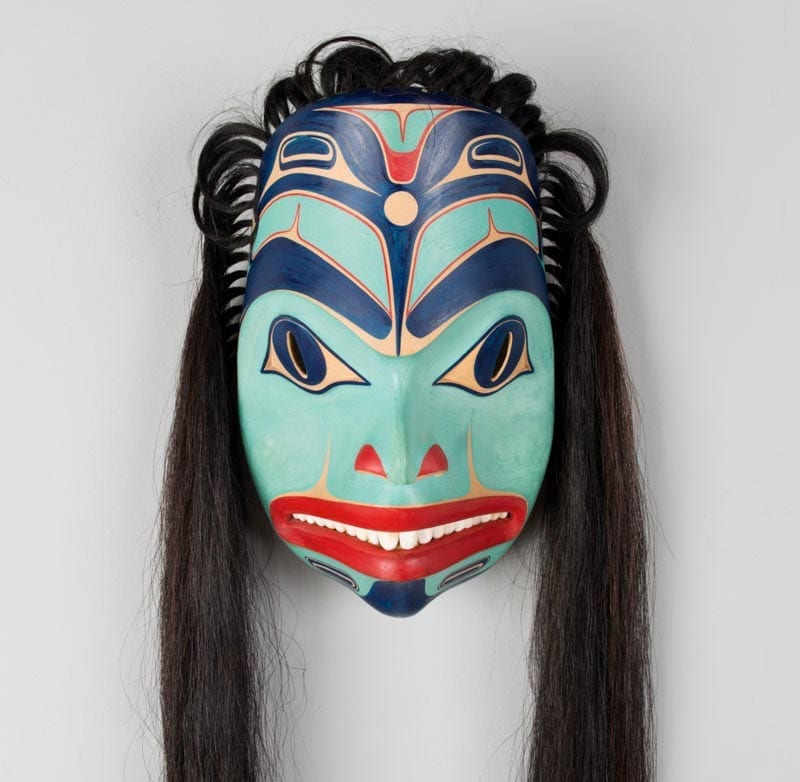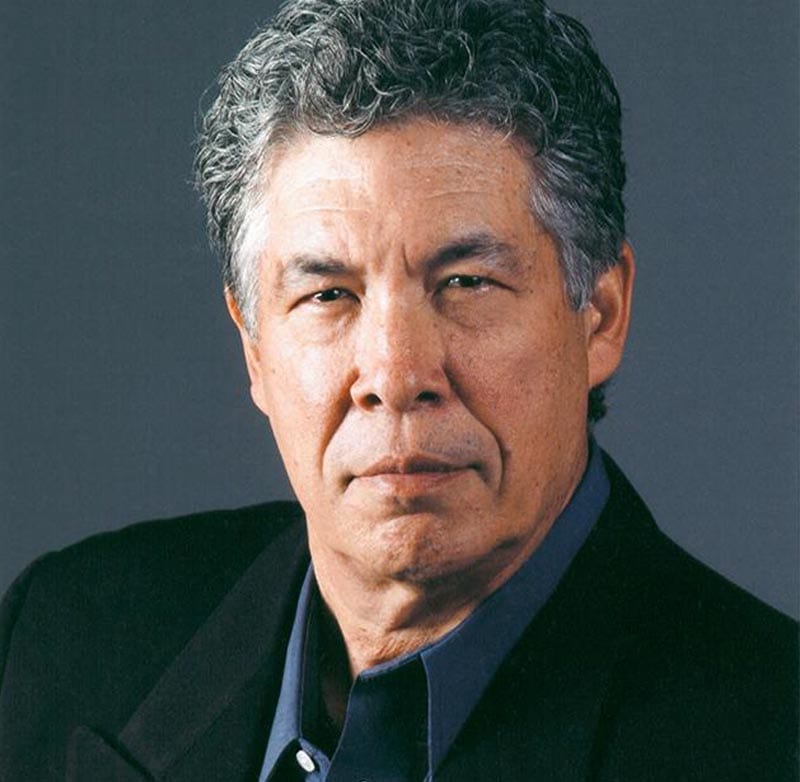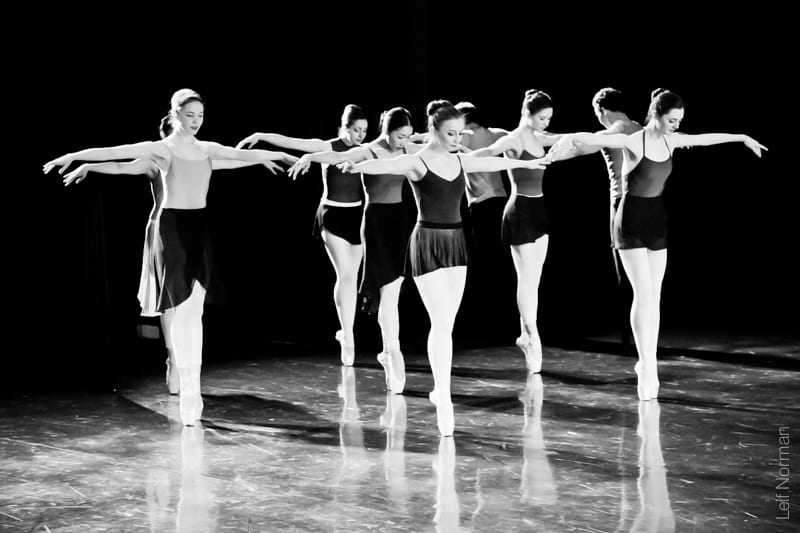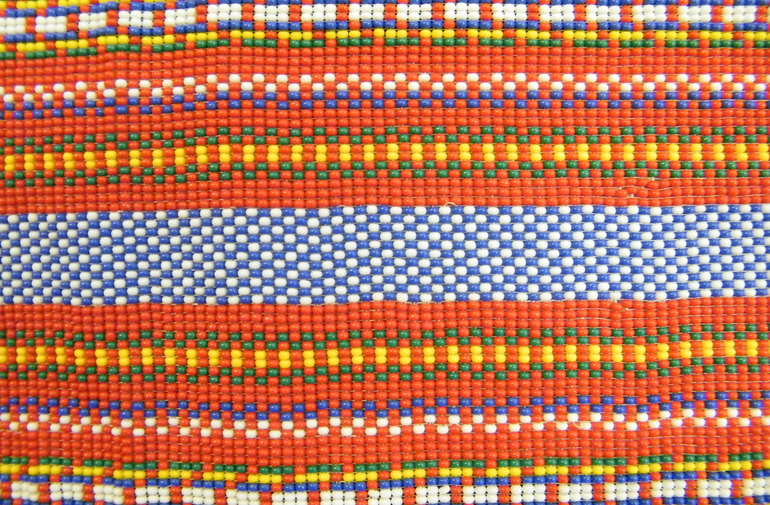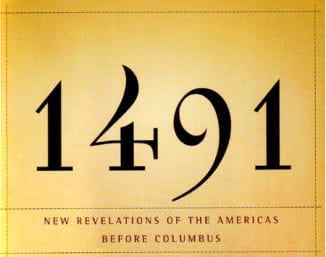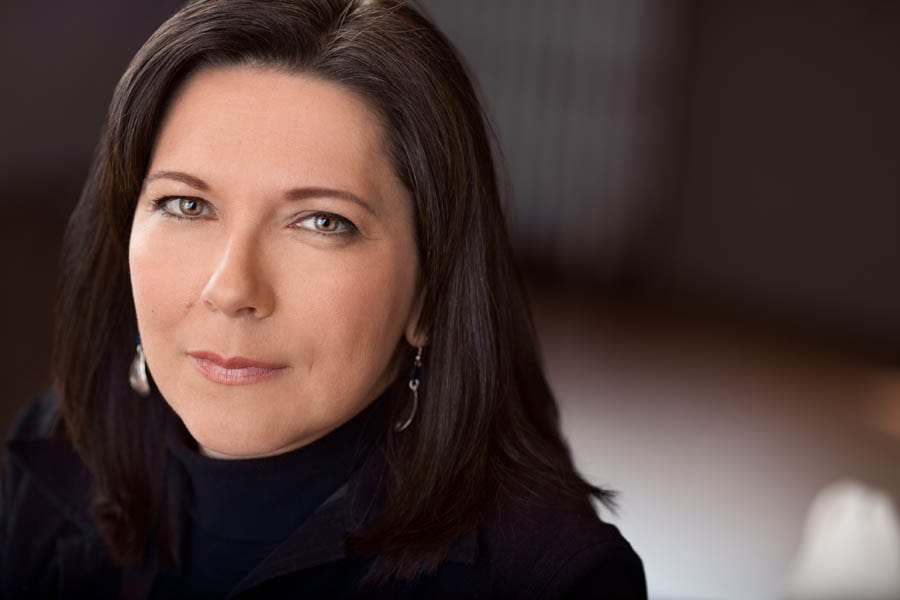Robert Davidson’s directions to his studio in a small seaside community in southern British Columbia do not include a street number. Instead, the notes I scratched down when I spoke to him on the phone earlier instruct me to go past a church, park my car, cross a wooden footbridge, and look for a grey wooden building with two massive logs out front.
Two crows squawk noisily as I walk across the bridge, interrupting their efforts to retrieve a discarded orange rind. The path winds up a treed embankment and ends at a dirt road that is lined with a few worn, unpainted buildings. The air carries the moist, briny smell of low tide. Substitute ravens for crows, add a few more wooden houses, and imagine fishing boats instead of sailboats and this place could almost be Old Massett, the village on Haida Gwaii (Queen Charlotte Islands) where Robert Davidson spent his childhood.
Haida artist Robert Davidson
The artist welcomes me into his studio with a warm, firm handshake, seemingly unconcerned that car trouble and vague directions have made me more than an hour late. He introduces me to his two apprentices who are quietly carving at their workbenches in the studio, then sits down in front of a wooden mask he has been working on. The unfinished mask is in the steel grip of a stand with a joint that allows it to be pivoted at any angle while Davidson works on it.
“I really have not had any other aspiration than to be an artist,” he says when I ask him if he has ever considered another career path. “Except for the time I wanted to be a truck driver.” He smiles at the thought. “It appealed to me when I was younger because someone in that profession drives a certain number of miles or hours a day, then they they get to shut off. I find myself continually going. My mind is always busy.”
Davidson was born in Hydaburg, Alaska in 1946 and his family moved to Old Massett the following year. His father, Claude Davidson, and his grandfather, Robert Davidson Sr., both carvers, began teaching him to carve wood and argillite when he was 13. Davidson had another inspiration in his family — his great-grandfather on his father’s side was Charles Edenshaw, considered the most significant carver of traditional Haida-style art in the 19th century. His works are coveted by museums and collectors around the globe.
“I learned a lot from my father and grandfather,” Davidson recalls fondly. “The quality of their work wasn’t on par with the old classic Haida style, but there was something there. They would show me, not so much by saying, ‘This line should go that way,’ but it was more by demonstration. For example, I would finish carving a totem pole and I’d put all this work into it and I’d feel good about it. Then I’d show it to my grandfather and he’d get his tools out and fix it all up.”
There were others who served as mentors and teachers for Davidson. “When I started apprenticing with Bill Reid, he gave me a lot of guidance. There were other people involved in my development, as well, like Bill Holm and Doug Cranmer. I was like a sponge when I was young.”
Robert Davidson in his studio.
There were other artists, both his own age and older, who left a lasting impression on Robert. “I got to know Pat McGuire, who was an artist from Skidegate. There was a real presence around him. He was very quiet, but I really liked his presence.”
Joe David, a Nuu-chah-nulth artist who is the same age as Davidson, became a close friend and colleague. “I was learning about our songs about the time I met Joe, and he really helped me understand it on a different level. Just the way he sang, and his understanding of it.” In 1981, Davidson adopted Joe at a potlatch he held in Old Massett.
Davidson’s formal art training included both apprenticing with master carvers and taking classes in drawing, silk-screening and jewelery design at the Vancouver School of Art. Relatively few West Coast artists undertake both apprenticeships and training at a contemporary art school. In 1968, when he was 22, he taught carving for a short time at the Gitanmaax School of Northwest Coast Indian Art at ‘Ksan in Hazelton.
In 1972, Davidson spent two weeks in Bern, Switzerland, as part of an Air Canada sponsored carving demonstration. He toured Switzerland and Germany, viewing Haida art in museums and private collections. “We’d be invited to a castle and the owner would be very proud to show his collection. I saw some incredible things in Berlin. When I think about some people at home who might feel down about themselves, I wish they could see how these people are paying tribute to our ancestors. Even if every museum gave one piece back to Old Massett or Skidegate, we’d have a most incredible collection,” he adds. “Ninety percent of what some museums have is in storage.”
Davidson has spent countless hours in museums in British Columbia and elsewhere, studying their ethnology collections. “Every museum collection I had access to I used to learn from. I still use them.” In the 1996 calendar Retooling Haida Ideas, Davidson writes: “Haida art has become very addictive to me. I feel that its possibilities are limitless, and I’ve chosen to stay within the artform for that reason.”
The social and spiritual context in which Haida art has traditionally been created, however, did not exist when Davidson was a young artist. “I came onto the scene when there was little thought to ceremony. At that time we were very removed from our cultural values. In fact, I didn’t hear my first Haida song until I was 16.”
For many young West Coast artists who began art careers in the past 30 years, much of the information about art traditions in their nation had to be found in books or in collections held by museums. Although there has been a phenomenal revival of traditional culture and practices in the recent past, aboriginal people throughout Canada will never fully reclaim the culture that was lost through government and church assimilation efforts, or due to the inevitable march of progress and change.
A great deal of traditional knowledge held by individuals was irrevocably lost as the result of smallpox epidemics and other diseases in the 19th century. The population of Haida Gwaii was estimated to be close to 14,000 before European contact. By 1915, about 600 Haida were living in the two villages of Skidegate and Old Massett, having abandoned dozens of village sites after the epidemics.
Probably the most pervasive form of cultural assimilation in Canada was the federal Indian Act. Instituted in the mid-1800s, the Indian Act defined and governed every aspect of life and society on First Nations reserves in Canada. From 1882 to 1952 the act outlawed aboriginal ceremonies such as the potlatch, winter dance, and the sun dance. By making such ceremonies illegal, with jail sentences as punishment, the government and churches hoped to eliminate what they considered pagan rituals. Potlatches, though, are an intrinsic part of Northwest Coast traditional culture. The role of artists is particularly apparent at such ceremonies since the creation of masks and regalia for dances, totem poles, feast dishes and other items represents a significant component of the ritual.
…. Now, in Davidson’s studio, I ask him whether there is a fine line between contemporary and traditional art. “There is no fine line,” he responds without hesitation. “Fine art is traditional art. If you look at it from a Native point of view, there is no art. It’s everyday life, and everyday expression. I try to imagine myself in a Haida house, going outside and seeing this forest of totem poles. It must have been pretty powerful t have that experience every day. Now we wake up and go outside, and things have really changed.”
“It’s not so much that I want things back there. It’s more trying to get a grasp on that time, because art is an expression of culture. There is no historical documentation except the art and oral tradition. Art was the communication that crossed generations. People who lived in that time period knew that totem poles and masks and blankets were their storybook.”
We stop talking for a moment, and the only sound that can be heard in the studio is the quiet scraping of the carving tool’s metal blade on Davidson’s mask. Shavings of wood as transparent as the wings of insects are scattered on the floor of the studio. The lower edge of the mask’s lip is smooth and impossibly even beneath his hand.
“I don’t have a name for the mask yet,” he says, pausing to stare at the wide eyes and gasping mouth emerging from the soft wood. “I really believe that art is a subliminal expression. I feel that I’m connected to a higher power. Not just me, but we all are.” Davidson’s role in reclaiming the cultural legacy of the Haida Nation indeed seems to be influenced by a supernatural source.
After leaving Davidson’s studio, I cross the wooden bridge that leads back to my parked car. The sluggish water flowing beneath the bridge reminds me of a Haida story that Davidson often refers to – a canoe tips over during a fishing trip and the accident’s sole survivor is Gagiid. The homely, cod-eating supernatural being is said to be too strong to die. The most recognizable of Davidson’s interpretations of Gagiid appears on the cover of the companion book to Eagle of the Dawn. This version of Gagiid seems sinister, its green face made more ominous by red highlights around the eyes, nose, cheeks, ears and lips. Thick black brows arch over eyes that seem to invite a confrontation. It’s mouth turns up in a wicked grin, as if delighted that it has survived and been brought to life again at the hands of a Haida carver.

